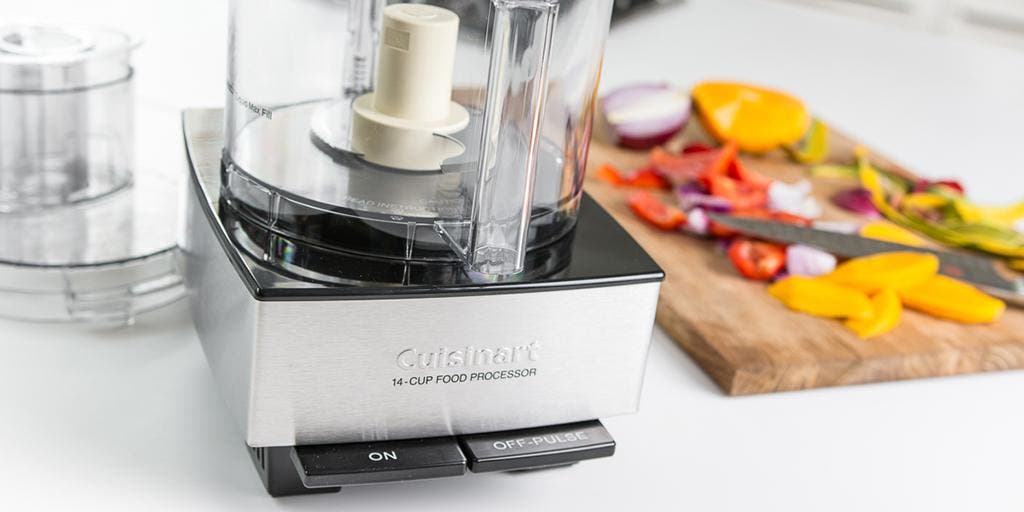Food processors can make preparing food quicker and easier, and this guide helps readers choose the right one for their kitchen, while offering tips on how to use it. Size is important, with larger machines taking up counter space, but smaller ones potentially limiting capacity. Power matters too, with at least a 600-watt motor recommended for efficiency, but noise is also a concern for those who find loud machines intrusive. Buyers should consider attachments for processing tasks, and pick a model that is easy to clean. Meanwhile, using the machine properly means following instructions, prepping ingredients, avoiding over-filling, using the pulse button, and cleaning up after use.
The Ultimate Guide to Choosing the Right Food Processor for Your Kitchen
Food processors have revolutionized the way we cook in the kitchen. With these powerful machines, you can chop, slice, shred, puree, and mix ingredients quickly and easily. Whether you’re prepping for dinner, making a smoothie, or creating a delicious sauce, a food processor can make your life easier. In this ultimate guide, we’ll help you choose the right food processor for your kitchen and give you some tips on how to use it.
What to Consider When Buying a Food Processor
There are several factors to consider when buying a food processor:
Capacity
The capacity of the food processor is one of the most important factors to consider. You’ll want to choose a size that meets your needs, but not one that is too large or too small. A large processor can take up a lot of counter space and may be too big for smaller jobs. A smaller processor may not be able to handle larger quantities of food.
Power
The more powerful the motor, the more efficient the processor will be. A motor with at least 600 watts is recommended.
Attachments
Food processors come with a variety of attachments, including slicing discs, shredding discs, chopping blades, and even dough hooks. Consider what you’ll be using the machine for and choose the attachments accordingly.
Noise
Some food processors can be quite loud. If you’re sensitive to noise, look for a model that has a quieter motor.
Cleaning
Most food processors are easy to clean, but some models have parts that are dishwasher-safe, which can save you time and effort.
How to Use a Food Processor
Using a food processor is easy, but there are a few tips to keep in mind:
Follow the instructions
Before using the food processor, read the instructions carefully to ensure you’re using it correctly.
Prep your ingredients
Chop or trim your ingredients before placing them in the processor to ensure even processing.
Don’t overfill
Don’t fill the food processor beyond the recommended capacity. Overfilling can cause the machine to work less efficiently and even damage it.
Use the pulse button
The pulse button allows you to control the processing and prevent over-processing of your ingredients.
Clean the processor after each use
Food particles can get stuck in the blades, so it’s important to clean the processor thoroughly after each use to avoid bacteria build-up.
Conclusion
Choosing the right food processor can make a big difference in your kitchen. Consider the size, power, attachments, noise, and cleaning when making your purchase. And once you have your new food processor, follow our tips for using it to get the best results. Happy cooking!
